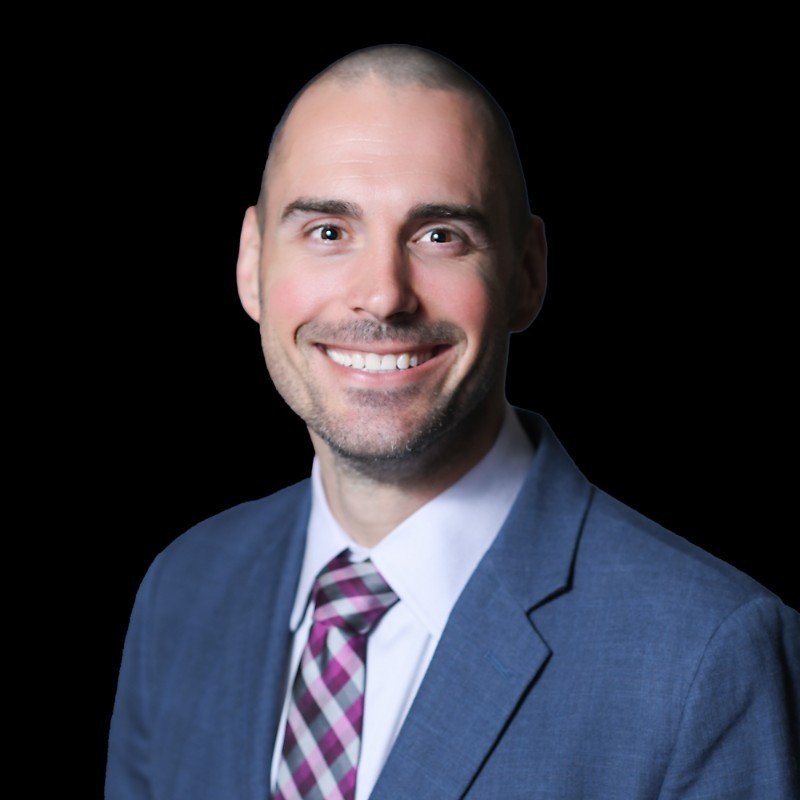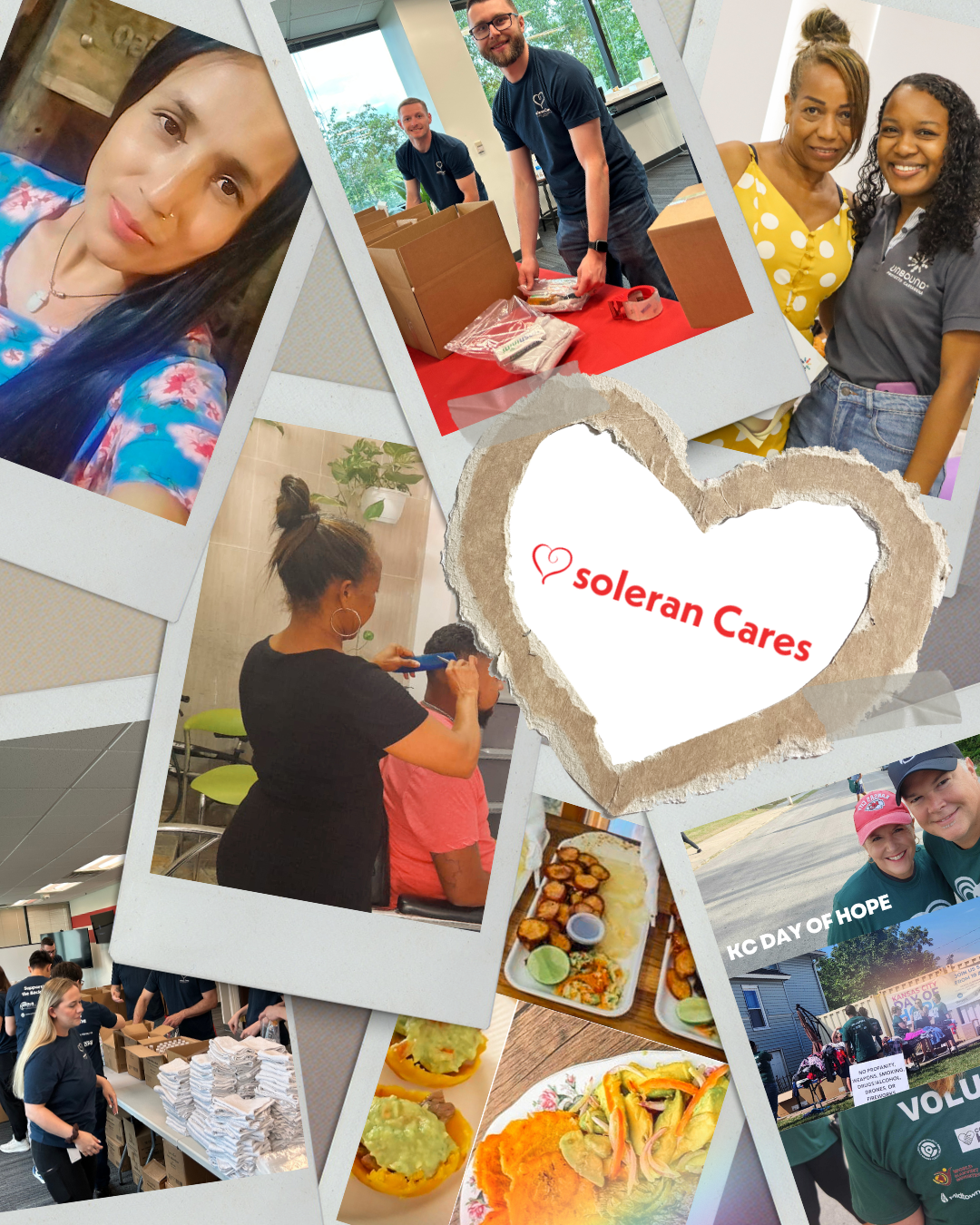What’s a Rich Text element?
The rich text element allows you to create and format headings, paragraphs, blockquotes, images, and video all in one place instead of having to add and format them individually. Just double-click and easily create content.
Static and dynamic content editing
A rich text element can be used with static or dynamic content. For static content, just drop it into any page and begin editing. For dynamic content, add a rich text field to any collection and then connect a rich text element to that field in the settings panel. Voila!
How to customize formatting for each rich text
Headings, paragraphs, blockquotes, figures, images, and figure captions can all be styled after a class is added to the rich text element using the "When inside of" nested selector system.
- This is a list item
- Another list item
- Numbered item
- Another numbered item
Some link
Wow! The inaugural ASHE Health Care Facilities Innovation Conference (HFIC) was buzzing with excitement and transformative ideas! Maybe it was the beautiful weather in Anaheim, a refreshing change from the surface of the sun (AKA Phoenix), or maybe it was reconnecting with peers I hadn't seen in a while. Whatever it was, this event felt different—more innovative and energizing compared to previous ASHE Annual Conferences.
ASHE made several changes to the conference format, like replacing the usual Sunday night opening reception with an outdoor block party on Monday evening. Initially, I had my doubts, but I was pleasantly surprised by how well it went. In fact, it was one of my favorite memories from the conference.
Advocating for healthcare infrastructure investment was a recurring theme throughout the conference. From general sessions focused on storytelling and leadership mindsets to breakout discussions on codes, standards, and data utilization, the HCFIC offered a wealth of knowledge for professionals at all levels. The keynote speaker, sociologist Bertice Berry, Ph.D., emphasized the importance of embracing diverse ideas to make a broader impact in healthcare operations. She shared four steps for leaders to tell their stories effectively, which resonated deeply with the audience:
- Tell Your Story Uninterrupted: Share your stories without unnecessary details, allowing the core message to shine through clearly. This helps in maintaining the audience’s attention and ensuring the message is impactful.
- Don’t Judge Your Story: Refrain from judging your stories. Authenticity and vulnerability in storytelling can create a deeper connection with the audience, making the message more relatable and powerful.
- Allow Your Story to Move You: Let your stories resonate with you emotionally. When a storyteller is moved by their own narrative, it helps the audience to feel the emotions and understand the significance of the message being conveyed.
- Let Your Story Guide You: Stories should guide you into what truly matters. This involves using the narrative to highlight key lessons and values that are important for the organization and its goals.
These steps are designed to help you use storytelling as a powerful tool to influence, teach, and inspire your teams and stakeholders.
Day two featured award-winning journalist and best-selling author Ryan Avery, who challenged attendees to shift from being just "A" leader to becoming "THE" leader their teams and organizations need. His keynote, titled "Go From A to THE®," focused on the competitive, innovative, and fast-paced nature of today's world. Avery emphasized that it is no longer sufficient to be just a leader; instead, you must strive to be THE leader, offering the definitive product, solution, or guidance that your teams and followers seek.
Avery's insights were particularly valuable for fostering deeper connections within our teams. He highlighted several key strategies:
- Word Choice: Avery stressed the importance of precise and impactful language. Leaders should use words that inspire action and convey a clear, strong message.
- Body Language: Non-verbal communication is critical. Avery demonstrated how effective leaders use body language to reinforce their words, showing confidence and openness to foster trust and engagement.
- Listening Skills: True leaders listen actively. Avery underscored the importance of listening to understand, rather than just to respond. This approach helps leaders connect more deeply with their teams, understanding their needs and perspectives better.
Avery also provided practical tools and strategies that leaders can implement immediately to enhance their leadership impact. These included:
- Communication Strategies: Techniques used by top leaders globally to persuade, engage, and retain top talent and customers.
- Storytelling: Methods to connect with audiences across diverse generations and cultures, making messages more relatable and memorable.
- Leadership Differentiation: Strategies to stand out from the competition and motivate teams to take action.
Overall, Ryan Avery's keynote left a lasting impression, equipping attendees with actionable insights to elevate their leadership from ordinary to extraordinary. His engaging delivery and real-world examples made his session a highlight of the conference.
Adam Graybeal and I led a presentation addressing the antiquated treatment of life safety drawings and life safety deficiencies. We emphasized the need for modernization to keep pace with financial, operational, and compliance standards. This presentation was a culmination of a decade's worth of work. We discussed how continuously questioning, evaluating, and filtering life safety drawings, deficiencies, and projects through the lens of continuous compliance can reduce workload and reallocate precious staffing and financial resources to more critical tasks. We provided this through the STOP process I developed.
STOP and evaluate the scenario
- Why is it there?
- Was it even required at the time of construction?
- Is it incorrect? Is the section retroactive?
- Is it unclear? Get an NFPA interpretation.
- Is it still required? If you don’t know, ask.
- If it is, does a newer code eliminate its use?
- If it is still required, can you use or leverage a variance or an alternative means of compliance?
- Can you seek a traditional equivalency for hardship?
Attendees learned how Banner Health has saved millions in life-cycle costs by following this process and attendees walked away with a game plan for realizing these benefits in their own facilities.
Another significant presentation that culminated over a decade of work was delivered by Ryan Schramm and Taylor Vaughn, who focused on reclaiming control over Computerized Maintenance Management Systems (CMMS). They provided a roadmap for CMMS recovery, highlighting the need to shift from being at the mercy of software solutions to leading the way in aligning CMMS with operational needs. Attendees learned to recognize CMMS vulnerabilities, take leadership in CMMS alignment, implement a 10-step recovery framework, and ensure that CMMS solutions consistently meet operational needs, enhancing efficiency and effectiveness in healthcare facility management.
The final day brought ASHE’s advocacy leaders to the main stage for the “Just Ask ASHE” general session, discussing regulatory priorities for the coming year. Key topics included updates to the NFPA 99 Health Care Facilities Code, the Facility Guidelines Institute’s 2026 Guidelines, and continued discussions on ASHRAE/ASHE Guideline 43.
Additionally, Banner Health led a transformative session, "The Art of Centralization," illuminating the profound benefits of centralizing healthcare facilities operations. This session leveraged data and statistical analytics to drive informed decision-making. We explored practical strategies for successful centralization, shared best practices, cutting-edge technology integration, and change management approaches that drive operational excellence. The session detailed how centralization leads to improved coordination, cost efficiency, and enhanced service delivery. Key service areas such as building management system (BMS) management, energy management, regulatory compliance, and technology integration were also discussed. I’m biased, but this presentation truly represented the collective expertise and innovative spirit in healthcare facilities management.
The conference ended with a powerful discussion between Chad Beebe, ASHE Regulatory Affairs Deputy Executive Director, and Austin Wallace, ASHE Sustainability Senior Specialist. Their session, “Overcoming CMS Hurdles to Decarbonization,” explored the evolving oversight from the Centers for Medicare & Medicaid Services and the challenges of climate change. They emphasized the need for CMS to adopt newer codes and standards to allow for the integration of newer technologies that can help decarbonize healthcare facilities. The session concluded with a call to action, urging attendees to advocate for adopting updated codes and standards.
As we look forward to next year's conference in Columbus, Ohio, the excitement for future innovations and collaborations in healthcare facilities management is palpable. The HCFIC has set a new standard for innovation and collaboration, driving excellence and empowerment through education and innovation. Let’s continue to lead the way and transform the future of healthcare facilities management!
Connect with Josh Brackett through LinkedIn: linkedin.com/in/joshua-brackett or at Legacy FM:legacy-fm.com.
About the author

Josh Brackett, PE, SASHE, CHFM
System Director Facilities Services, Regulatory - Banner Health & Co-Founder & HFM Fanatic - Legacy FM (legacy-fm.com)
Legacy FM
Joshua Brackett, PE, SASHE, CHFM is the system regulatory director of facilities operations at Banner Health. He offers numerous perspectives into health care facilities management, fire protection and life safety, and codes and regulatory compliance due to his diverse background. Starting his career in fire protection design at a national engineering firm, he gained a strong foundation in codes and standards. Josh leveraged this technical expertise to build relationships across the nation at the American Society for Health Care Engineering (ASHE) through his work with the Sustainability and Regulatory Affairs Committees. Later transitioning to a fire protection contracting company, he developed regulatory processes and procedures for hospitals across Arkansas and bordering states. As the system special projects manager for support services, he led regulatory compliance, energy management and process improvement at Arkansas’ largest health care organization, Baptist Health. Josh also cofounded Legacy FM, a nationwide company focused on developing education and training programs for facilities management teams that empower the men and women that keep our buildings running. A licensed fire protection engineer with senior status at ASHE (SASHE) and a Certified Healthcare Facilities Manager (CHFM), he is ASHE faculty for ASHE’s educational programs and an active member of ASHE’s Regulatory Affairs Committee, Health Care Code & Standards Review Committee of the National Fire Protection Association (NFPA) and several other NFPA committees. He also serves on several projects for the NFPA Research Foundation.










.svg)














.svg)





.svg)
.svg)
.png)